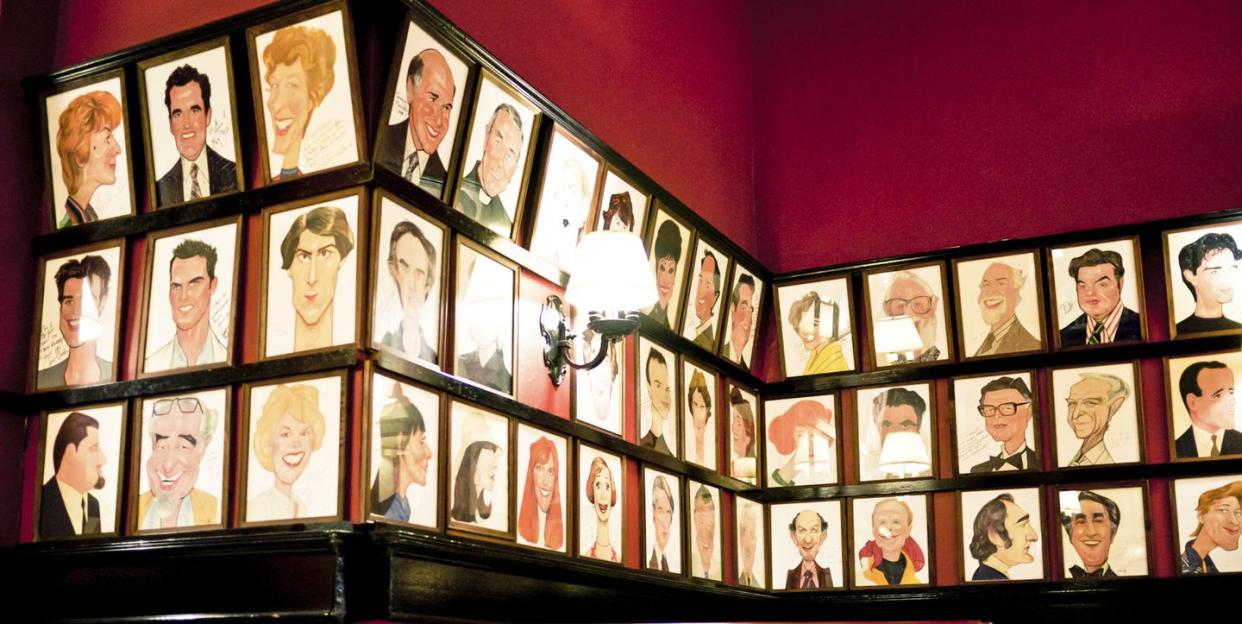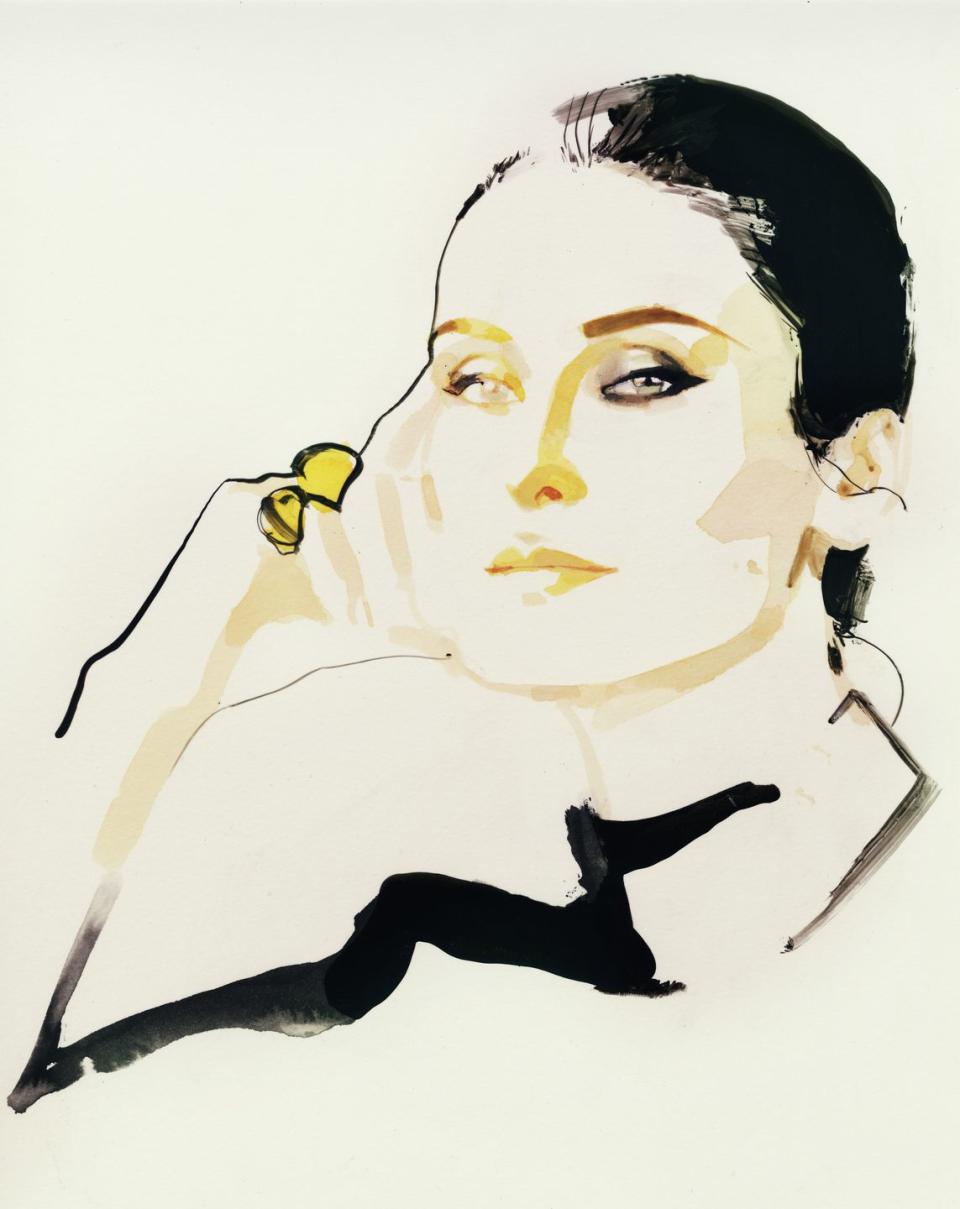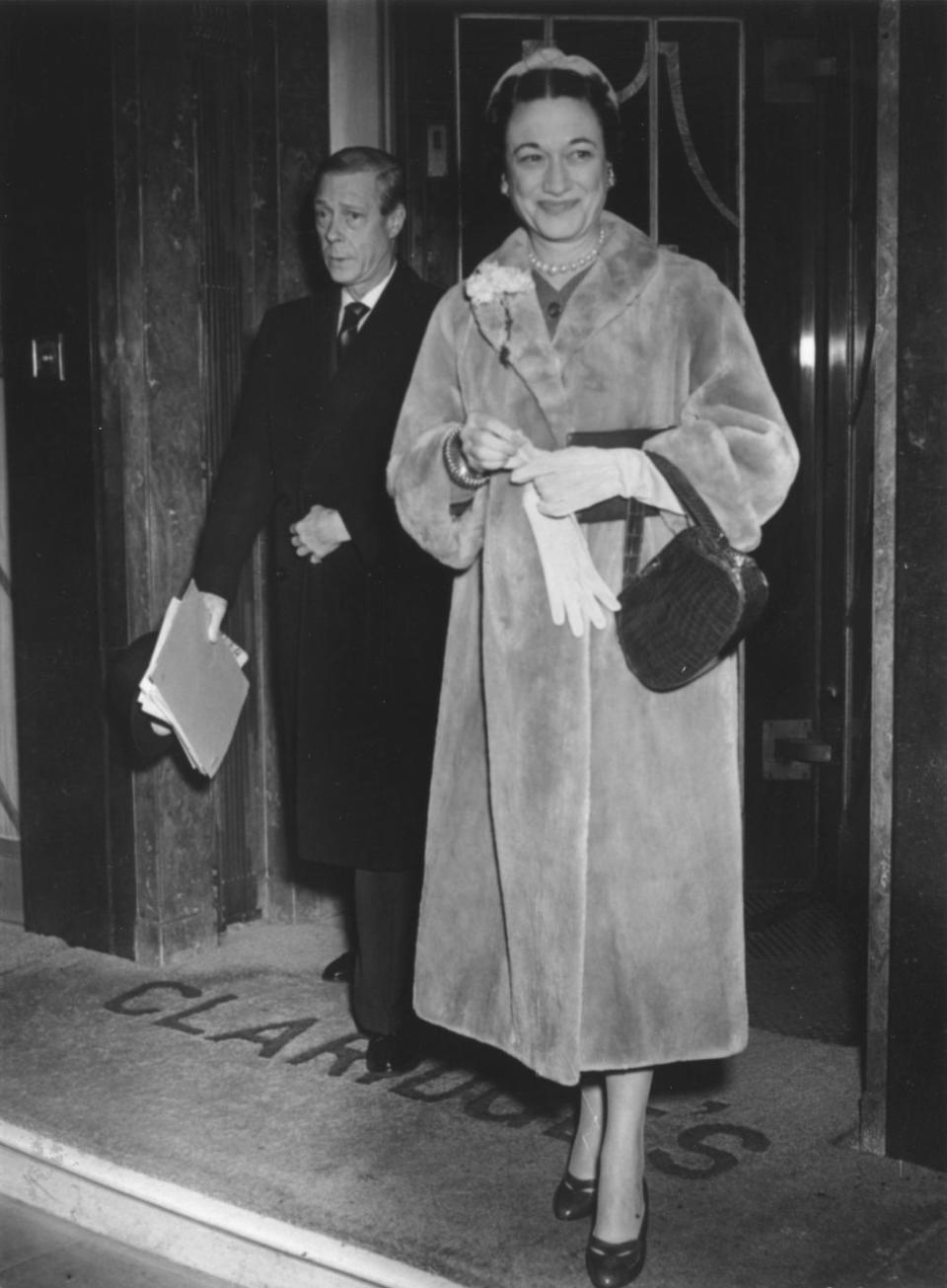Wall of Shame: What Happens to Controversial Portrait Walls in the #MeToo Era?

Growing up, I clocked a lot of time at Sardi’s, the landmark restaurant in New York City’s theater district that is home to one of the most famous portrait galleries in the world. My grandfather, an attorney for artists, had a standing lunchtime reservation there, and he worked hard to ingratiate himself with Vincent Sardi-even, supposedly, handling some divorce work for the restaurateur. Still, these machinations did not earn him a place in the Sardi’s hall of fame.
The Sardi’s caricatures, with their exaggerated features-depicting everyone from Carol Burnett and Lucille Ball to Oscar Hammerstein-weirded me out, but they also instilled in me a lifelong fascination with restaurant and hotel portrait galleries.

Even as a kid I knew that they were a coded map to power, and that having one’s picture up on the wall really mattered to a certain breed of adult. When management would move the pictures around (or, worse, banish one entirely) in accordance with the ebb and flow of their subjects’ successes, the reshuffling prompted all sorts of glee and schadenfreude among other customers. It was an idiosyncratic spectator sport.
These days, in the era of #MeToo, the musical chairs politics of such portrait galleries has accelerated, as scores of former masters of the universe have become pariahs overnight. Pictures of offenders have been hastily removed from restaurant and hotel walls across the country, leaving bare spots and dangling wires behind.
Earlier this year, when the Palm steakhouse in New York removed from its gallery the visages of comedian Bill Cosby (sentenced to prison in September for sexual assault), film producer Harvey Weinstein (charged with rape; out on bail at time of writing), and broadcaster Matt Lauer (fired by NBC after accusations of sexual misconduct), the removals made national news.

The Occidental Grill in Washington, DC, has quietly taken down the picture of Senator Al Franken from its gallery of U.S. presidents, senators, representatives, and Beltway journalists. Sardi’s hasn’t pulled anyone down yet, even though its gallery features caricatures of such contentious figures as Dustin Hoffman and James Franco (both of whom deny wrongdoing amid sexual misconduct allegations).
“We have a few on our walls who have been accused but not convicted,” says Sean Ricketts, Sardi’s co-owner and general manager. That said, he notes that if Sardi’s had had a likeness of Weinstein on the wall, “we would have taken him down.” (In the past, a different disgraced producer nearly had his Sardi’s portrait turned upside down, but instead it was relocated to a wall upstairs and ultimately removed.)
When I heard that Claridge’s Hotel, the Art Deco landmark in London’s Mayfair neighborhood, had unveiled a portrait gallery in this fraught climate, I went to behold it in person. The hotel has long displayed photographs of its illustrious clientele, but its gleaming new “Black and White Corridor” features dozens of watercolor portraits of the hotel’s most glamorous contemporary guests, including Diane von Furstenberg, Sarah Jessica Parker, Alber Elbaz, and Christian Louboutin. Their creator, artist David Downton, calls them “the talking heads” and imagines that “if you walked down the corridor at 2 a.m., they’d be having a good time, I think.”
The gallery has been in the works since 2013, and it seems as if it should have been there forever. After all, for decades Claridge’s has held supreme client boasting rights; its devotees have included royals (current, retired, and exiled), movie stars, and other such creatures. Its current portrait subjects have been chosen via a mysterious process, but Downton says that each must have a meaningful relationship with the hotel, and each must sit for him in person. Assorted visitors and luminaries have quietly lobbied for inclusion, to no avail. “There have been strong hints,” says a Claridge’s representative, “but we pick our subjects.”

I ask if it has been nerve-racking to launch a portrait gallery during a period of drastic upheaval, with prominent figures toppling in the realms of politics, broadcasting, and the arts. Downton says he’s grateful that such considerations are “beyond my pay grade.” A hotel representative says, “We’d think long and hard about removing a portrait. We wouldn’t knee-jerk it.” (Downton adds, “It will be interesting to see who’s here in 10 years.”)
Rearranging them wouldn’t require the invention of any new skills, however. Establishments on both sides of the Atlantic have for decades dealt with difficult politics surrounding some of their customers. “Restaurants have always been about seeing and being seen, and making it onto the wall of a well-known restaurant is a way of doing that,” says food anthropologist and historian Willa Zhen.

And while displaying one’s loftiest affiliations in pictures does bring prestige, the sword has always cut both ways. (After her husband’s abdication of the throne, former Claridge’s regular Wallis Simpson-whose visage is prominently exhibited in the hotel lobby-was once considered the most reviled woman in England.) For years portraits in prestigious restaurants and hotels have come under attack for all sorts of reasons.
“We’ve seen divorce settlements where people have demanded that their exes get taken off the wall,” says Bruce Bozzi Jr., executive vice president of the Palm, whose family has run the restaurant line for four generations. In the past, he says, “it has taken a lot” for a patron portrait to be taken down. O.J. Simpson was removed from the Palm’s now-defunct Hollywood location in the 1990s, but other than that Bozzi could not recall another eviction before this tumultuous year. The banishment of a Palm portrait subject is no small thing, as the portraits are usually painted straight onto the walls and have to be literally chiseled away.
Ultimately, Bozzi adds, the restaurants just “patch up the wall and celebrate someone else.” One thing is certain in uncertain times: There will always be prominent figures in disgrace, and there will always be more rising stars.
This story appears in the December 2018/January 2019 issue of Town & Country. SUBSCRIBE NOW
('You Might Also Like',)

